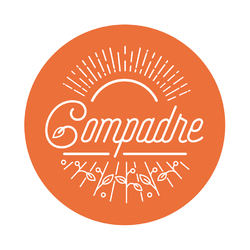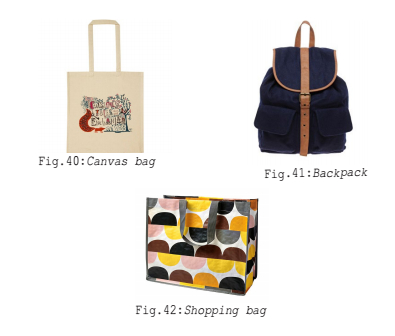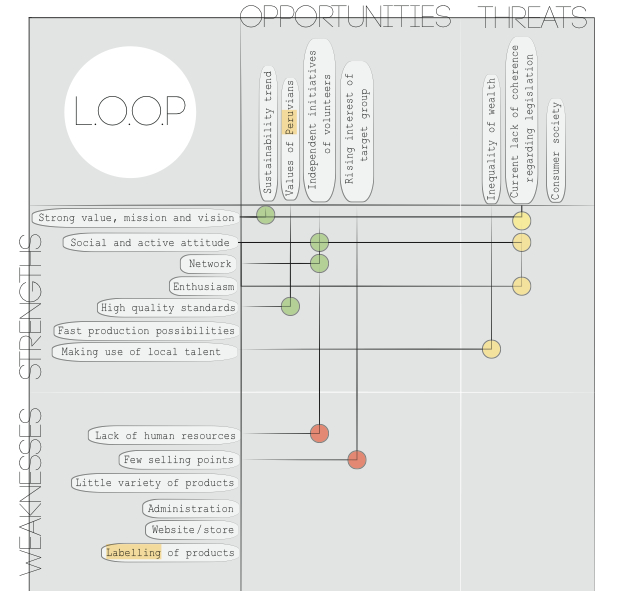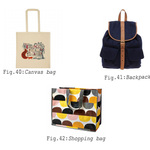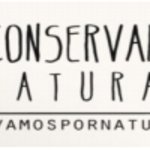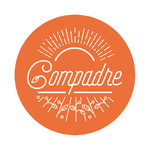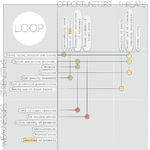Competitors analysis
Within our market research it is relevant to perform a competitive analysis. It is very useful to know the strength and weaknesses of competitive organisations when a new product or service, presented by L.O.O.P., is launched on the market; this is critical to make sure that the business survives and grows.
L.O.O.P. is a company which tries to raise awareness on the plastic pollution problem by organizing activities and provide services, but at the same time as a manner and tool to achieve this awareness, they also sell products and do merchandising. In other words, L.O.O.P. competes on two different fronts:
- Creating awareness/green image
Although L.O.O.P. is the leading company within the domain of creating awareness on the plastic pollution problem in Lima there are currently operating competitors which share the same vision as L.O.O.P. and become a concurrent when it comes to being the leading company within the domain of creating awareness. Sharing the same vision is not a thread; in contradiction this is what L.O.O.P. wants to achieve; but as mentioned in the organisation description, L.O.O.P. wants to be the leading company on creating awareness and having a green image. - Sales and Merchandising
By offering products on the market, L.O.O.P. directly competes with other companies producing the same type of products, even though these products are not made with anidentical ‘green producing process’ and don’t share the same message. L.O.O.P. offers products which can also be made in a less sustainable way which are often cheaper but from lower quality. However, these cheap and low-quality products are competing products for L.O.O.P.. Since L.O.O.P. also offers merchandising, they also compete with companies active in this branche.
The distinction into competing fronts is made to create a clearer understanding of the different competing companies. Some companies only compete at the first front, others at the second and some companies on both fronts. Companies competing at both creating awareness and sales & merchandising are considered to be competitors on primary level. Companies competing at only one front (creating awareness or sales & merchandising) are defined as competitors on secondary level.
Primary current competitors
The main current competitor, competing on both fronts is ‘Kubera Corp’, an organisation that designs and manufactures textile that is used for merchandising. This products are mainly casual- and sports clothing, but they also produce bags and accessories.
In 2011 Kubera Corp launched a new product line ‘Recycler’. This product line contains bags, wallets and accessories made out of material from reused plastic bottles. These products are being produced at the same fabric as L.O.O.P.The product line is created by Kubera Corp from the point of view that the world has a plastic contamination problem causing an unhealthy environment. Hereby, Kubera Corp shares the same vision as L.O.O.P..The overall vision of Kubera Corp is to ‘be the leading company in the field of designing innovative merchandising products and introducing new clothing product lines which contribute to protect the environment and to be recognized as the company of innovation on constant product designs.’
One of the strengths of the organisation is that they have 8 years of market experience in the niche of environmental friendly products. One way of promoting themselves is by mentioning this fact on their website and folders. The organisation has a great merchandising network and a clear website and webstore. Furthermore the company offers a large variety of products and a continuous production stream. The company is mainly focused on producing and selling products and does not participate in green events. They are not so active on social media such as facebook, which is nowadays a very effective way of reaching people.
Tu Eco S.A.C.
Tu Eco S.A.C. produces products made out of plastic bottles with the motto: “recycle to create”. The products Tu Eco creates are made from a non woven fabric. Tu Eco shares the same vision as L.O.O.P. in order to diminish the use of plastic and especially plastic bottles in Peru. The company has a clear and interesting website and also a lot of variety on products. The company furthermore aims attention at more than selling; they create informative posters about the problem, for example an informative guide about how to seperate waste. Tu Eco does participate in a lot of green events as well.
Secondary competitors
L.O.O.P. has many secondary competitors. This means that there is competition regarding products and services offered by other organisations, but these products and services are not identical to those of L.O.O.P. Since L.O.O.P. competes with a lot of products and services as well on the front of creating awareness and on sales and merchandising, a few competitors are being mentioned from each front.
Secondary competitors on creating awareness/green image
In Peru, the past few years there is a layer of enterprises caring for their environment and try to raise awareness about problems that may occur in the country affecting the environment. These are all enterprises that carry out their own project. L.O.O.P. is active on participating at events and fairs where they meet other enterprises. Observed on the fairs where the Plastic Waste Lima team operated, people attracted to these fairs often visit these fairs to come to know new products and technologies and to gain more information about new developments on sustainable developments. An enterprise with an interesting look and message that shares the interest of the visitors will attract the attention and people are more likely to buy products or to share the message to other people of this enterprise. L.O.O.P. does compete with other enterprises with different initiatives when it comes to being green and ecofriendly or creating awareness. These companies also sell products in the same niche of sustainable products as L.O.O.P., but not in the same category.
A few examples of enterprises to which L.O.O.P. competes are mentioned below:
Compadre is a small enterprise which produces organic coffee, roasted by Peruvian farmers from the Amazone themselves using solar energy, aiming at a fairer and more sustainable economy. They sell coffee in a fancy designed foodtruck selling fresh made coffee and products as well.
Conservamos por la naturaleza is a company which supports voluntary conservation initiatives and promotes actions to contribute to care for the environment. They sell food products and accessories in order to enhance their sustainable image. Conservamos por la naturaleza well uses their social media channels and could be a good example for L.O.O.P.. On the website of Conservamos por la naturaleza the message is stated well. They do not sell online but do sell in host-stores.
Yaqua sells water that contributes to the diminution of the sale of embottled water. In Peru the water of the tap is not potable; Yaqua's vision is to give all Peruvians access to clean and healthy tap water. They promote themselves on fairs by ludic actions such as a walking round mascotte and by creating an interesting with a lot of waterbottles.
Secondary competitors on sales and merchandising
Since L.O.O.P. at the moment mostly sells bags and accessories in stores and for merchandising, they directly compete and share the market with other organisations selling the same type of bags and accessories. The type of bags L.O.O.P. produces are sold by a lot of independent designer stores and organisations, but the difference is that these bags are not made of sustainable material. Because L.O.O.P. uses a refined technique of a manufacturer called TexFina which produces fabric from plastic bottles, the bags they sell are produced with higher costs than bags made of canvas or another type of fabric.
Since there are a lot of bags on the market, a few examples of competing product types are given.
The advantages of the canvas bags is that the production costs are low, since the type of material is canvas or cotton. On the other side, these bags are from less quality and will last less longer than material fabricated with plastic.
Looking at the backpack, thick and long lasting fabric or leather could be a preferable material in case of purchasing such type of back instead of a backpack made out of thin fabric containing plastic bottles.
In the case of a shopping bag, the low costs of a bag made out of plastic instead of fabric made from bottles is an advantage.
However, since the greatest differences are the production costs, all these bags don’t have the image of being green and don’t send out such kind of message.

